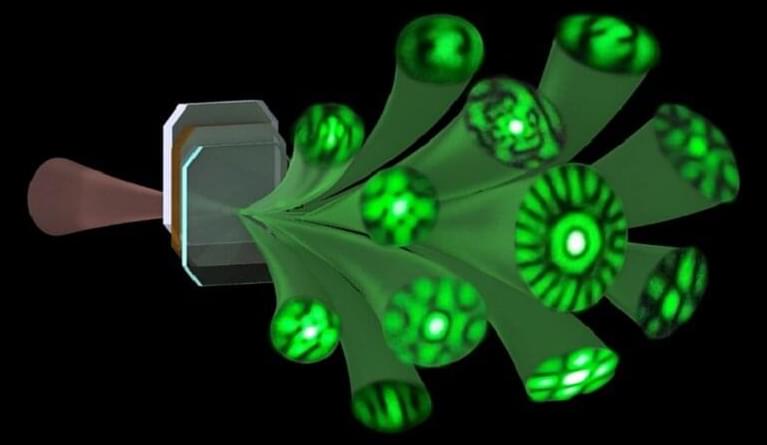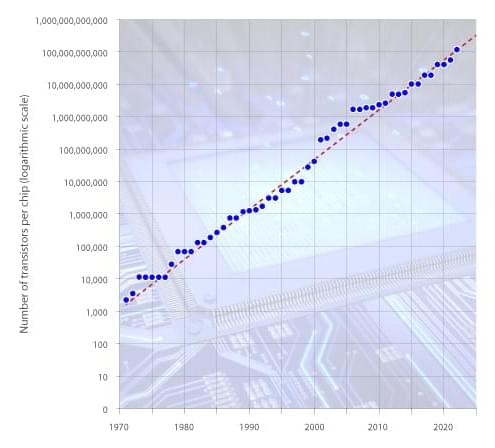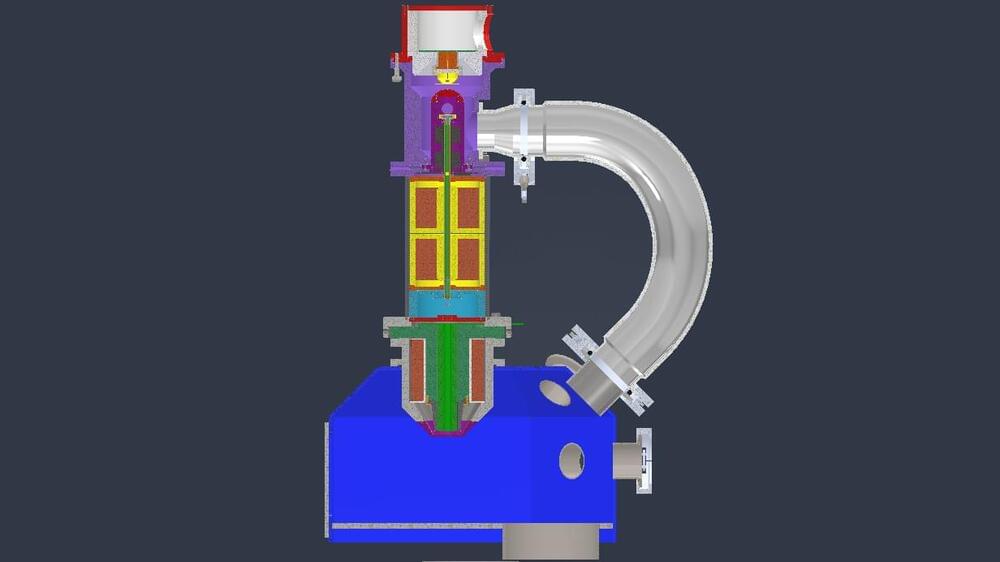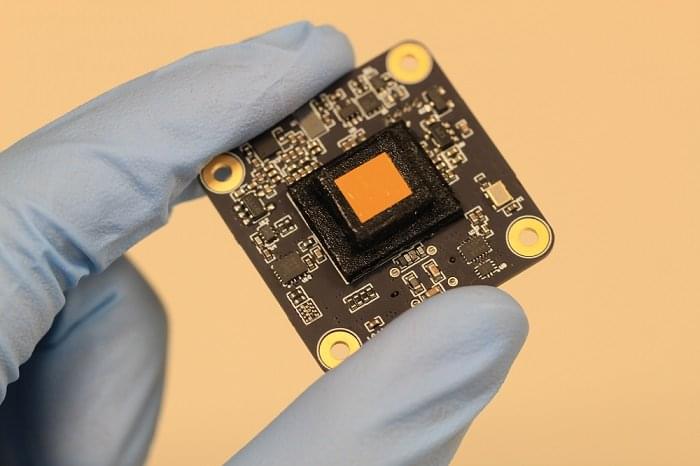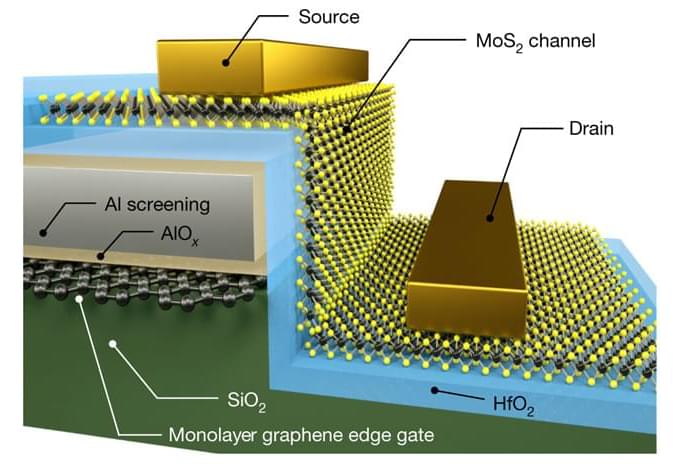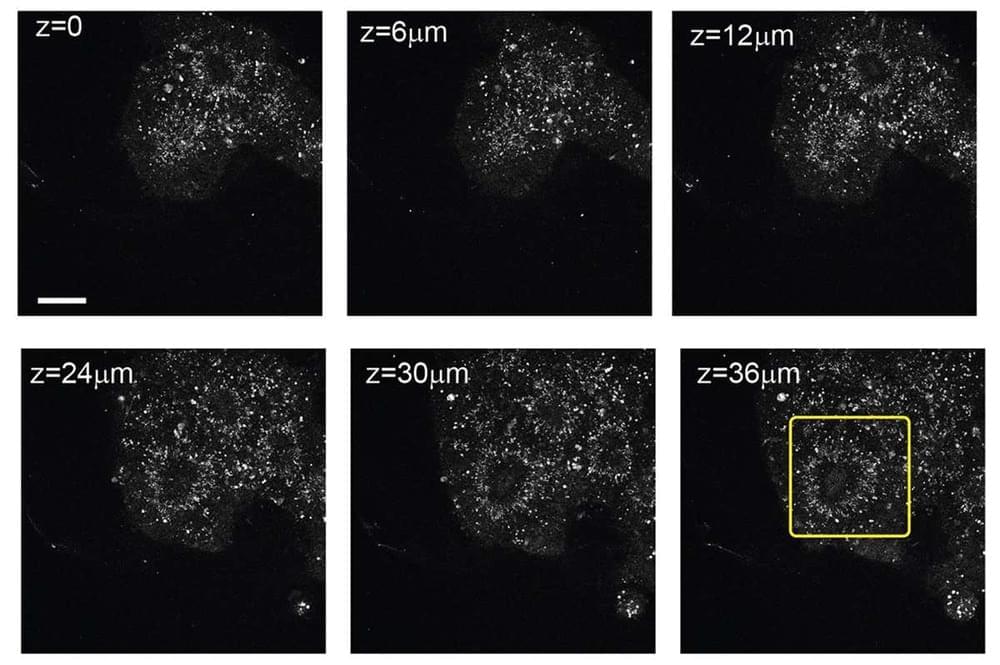PC power supplies haven’t seen a whole lot of change in the last decade or two. We’ve gotten modular cables for easier routing, smaller standards for itty-bitty builds, and that’s about it. But today Intel has finalized the ATX 3.0 standard, coming soon to a full-sized PC case near you. The biggest addition announced today is a new standardized connection for graphics cards and other PCIe devices, delivering up to 600 watts on a single connector.
Currently graphics cards are in a bit of a power pinch. The maximum throughput for an 8-pin ATX rail is 150 watts, so the biggest and most power-hungry GPUs need to double or even triple up, adding extra space requirements and more complex cable routing inside the case. The new 12-pin 12VHPWR connection should be able to deliver more energy than even the most powerful graphics cards need for the next generation or two. Each pin housing is also physically smaller, with a 3.0mm pitch versus 4.2mm on current power supply rails.
Technically it’s 16 total pins (12+4), with four additional data pins squeezed in beneath the primary power pins. This is to manage DC output voltage regulation and a series of new tools designed to regulate high power output efficiently and safely, all handled intelligently by the power supply. According to Intel, the new 12VHPWR connection will be the standard for “most, if not all” PCIe cards using the 5.0 spec.

